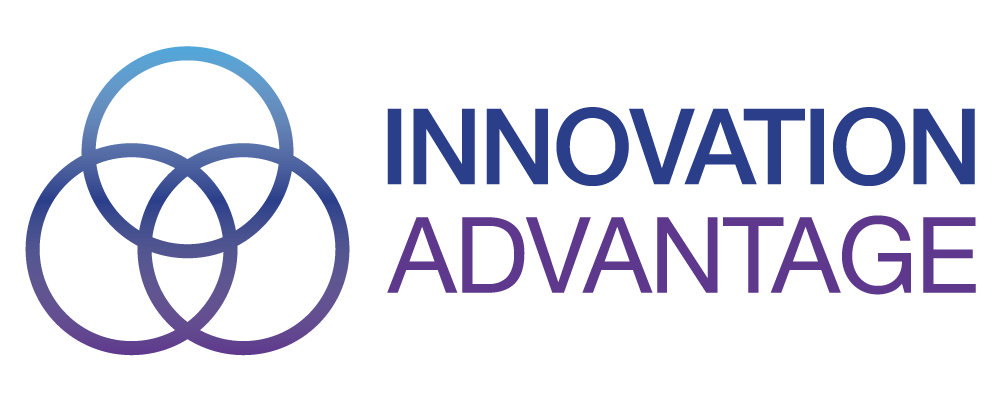Innovation in Healthcare
Innovation vs Improvement
Innovation and improvement are two connected but separate concepts, and both are necessary for healthy, long-lasting organizations. Improvement is concerned with improving existing methodologies, technologies, and solutions. The goal of improvement is to take something that is already there and make it better. Innovation, while similar to improvement in that it’s involved with change, is concerned instead with the creation of new methodologies, technologies, and solutions. Innovation is all about development of brand new solutions, and is necessary for the growth and advancement of any field.
It’s important to remember that improvement is still very much a necessary part of maintaining organizational health and growth, and that we should never stop looking for ways to improve ourselves professionally and personally- this extends to our organizations as well. Not everything needs a new solution, and many existing solutions can be improved even further by removing any bloat or redundancies. The goal of innovation is transformation, doing things in a way that is more efficient, safer, faster, and better.
That isn’t to say that we should all be improving instead of innovating, rather a reminder that time, money and jobs can be saved by conducting a thorough investigation of any problem and potential solution before attempting implementation. It may seem counter intuitive, but innovation and improvement aren’t mutually exclusive, in fact the two often go hand in hand, any new and innovative solution can most likely be improved further with additional thought and consideration.
Why do we need to innovate?
As important as improvement is, innovation is even more so, something can only be improved so much, and it’s when you’ve hit that plateau that it’s time to begin to innovate. With record nurse shortages sustaining long after the pandemic’s effects have lessened, it’s clear that such a plateau has been reached, and we can no longer simply improve our way out of the nurse shortage. What is needed now isn’t improved systems, but the creation of entirely new systems and processes.
All of this is why the digital transformation of healthcare is so important to the future of our chosen field. There simply are not enough people to do all the work that needs to be done in a hospital. We are going to have to find new ways to approach direct patient care and nurse management if we want to see a real, long-lasting, positive change in our industry. Innovations like virtual nursing, robotics and remote patient monitoring have already begun to lead the charge on improving the situation. These innovations and many others go a long way towards making the role of nurse more ‘doable’.
How do we start Innovating?
Now, luckily for us, humans are natural problem solvers, we see problems and think of solutions, constant innovation is one of the things that sets us apart from animals. Innovation and problem-solving are in no way unique to healthcare or nursing by any means, but the turbulent, ever-changing nature of the healthcare industry means that most nurses are already experienced innovators on a day-to-day basis by necessity.
We need to be doing more to harness these problem-solving instincts, such as having leaders do rounds on employees and even things as small as suggestion boxes in break rooms can go a long way towards making people think more constructively. Outside of the box thinking should be encouraged and a culture of solution sharing and problem solving should be instated.
We are at an industry crossroads, where we can either recognize the shortcomings of healthcare from a provider perspective and begin to consider industry-wide solutions, or we can continue as we have with the blind hope that things will somehow become more manageable. We can continue to increase the load on individual nurses, leading to massive turnover and burnout, as we have been doing, or we can look into new and innovative technologies and solutions that will spread some of the crushing workload out.

